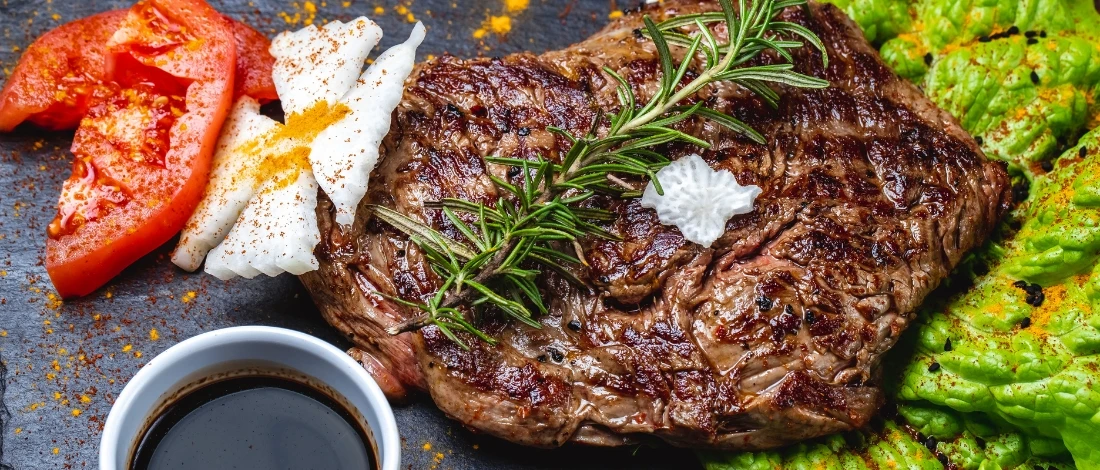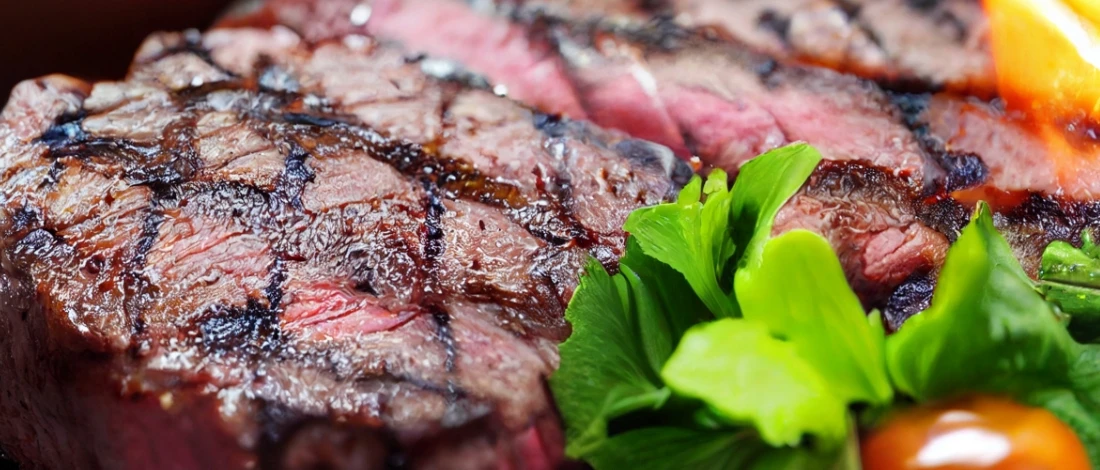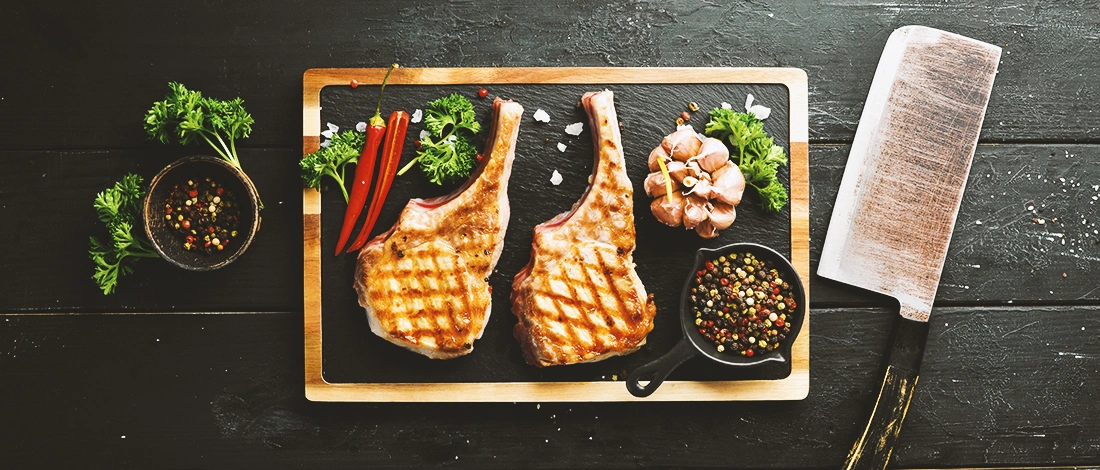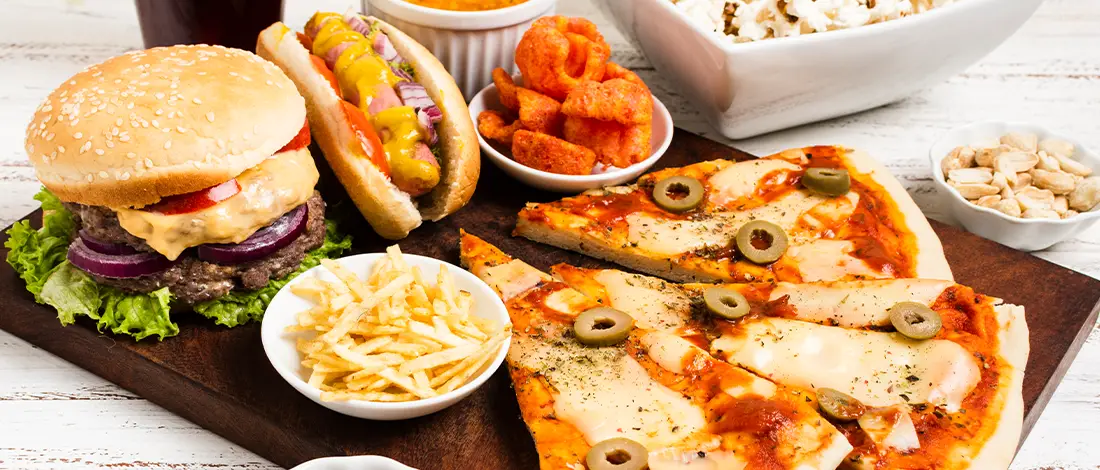I’ve been on a carnivore diet for over ten years, and during this time, I’ve eaten countless steaks. In fact, steak is my go-to order at a restaurant.
At Carnivore Style, we believe knowing your cuts and cooking preferences is key to enjoying the perfect steak every time.
To help you order the steak you really want, I’ll share the ins and outs of different cuts so you’ll be prepared the next time waiters ask you what doneness and grade you want.
Quick Summary
- Ordering steak at a restaurant involves understanding the cuts, doneness levels, sourcing, and grading system.
- Popular steak cuts include filet mignon, sirloin, rib eye, T-bone, and porterhouse. Doneness levels range from blue rare to well done, with medium-rare often recommended.
- The steak's source and grading system impact its quality and flavor. Prime, choice, and select are the main grades, with prime being the most preferred.
Ordering Steak at a Restaurant

Ordering the steak you want entails differentiating between their cuts, doneness, sourcing, and grading.
1. Learn the Cuts
The first step when ordering a steak is to know the cuts. There are too many different cuts to list all of them here, but here are some of the most popular steaks served at almost any restaurant:
- Filet mignon - T and g aren’t pronounced. It’s lean and tender and with less flavor than many other cuts.
- Sirloin - Has more fat and flavor than filet mignon
- Rib Eye - The most amount of fat and most flavorful
- T-Bone and Porterhouse - Both have a tenderloin and strip loin around the T-Bone, but the difference is in the size of the tenderloin.
Another difference is bone-in and boneless. Bone-in steaks have more flavor because they get the flavor from the bone marrow.
Boneless steaks have less flavor but are a good choice if you don’t want to struggle with cutting around the bone.
"Steak is like eggs to people. They are very specific about how they like to enjoy it, and it's a very personal kind of experience."
- Michael Lomonaco, Chef
Note: Steakhouses usually offer three to four different meat cuts, but a regular restaurant typically only has filet mignon.
2. Know Doneness Levels

The waiter will usually ask you how you like your steak, so you should know how you like your steak cooked.
There are different levels of cooked steak:
- Blue rare - This is almost raw meat. The outer surface of blue rare steak is brown, and the inner part is bright red. Expect some traces of blood on the blue steak. This is the least common type of steak doneness.
- Rare - It’s cooked slightly longer than blue rare. It has a cool, red center, and its internal temperature is 85 to 100 degrees.
- Medium rare - Has a rare center and a thick brown crust. The steak is warm throughout and has a temperature of 145 degrees, which is the recommended temperature for cooking, according to the USDA [1]. This is what most chefs recommend for steak newbies.
- Medium - Has a somewhat spongy, pink center due to uncooked blood, and the outside is charred to a rich brown.
- Medium-well - T-bone and ribeye should be cooked medium because they have a lot of marbling and fat. Medium-well steaks can have a very light pink center.
- Well done - This is browned and fully cooked steak. There’s no pink color inside at all. This is the most difficult way of cooking a steak because it has to be browned without burning the outside.
Note: Order medium rare steak if you want to be on the safe side, as this is where the most amount of flavor comes out.
3. Know the Steak Source
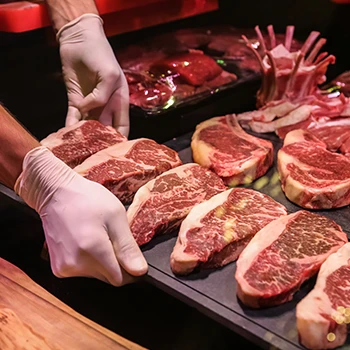
Yes, steak comes from the cow. But, there’s more to it than that.
Angus means your steak comes from a cow bred in New Zealand. Wagyu means it’s from Japan.
Kobe is also from Japan, and it’s thought to be better than Wagyu beef.
Also, you’ll know how the cattle were raised by knowing the steak source. The main difference is grass-fed or grain-fed.
Cattle can be finished by feeding grains, such as corn and wheat. This gives them higher energy levels and speeds up the growing process.
Grass-fed means animals were raised on pastures their entire lives and weren’t fed grains. Meat from grass-fed cattle has fewer fat and calories and is healthier than grain-fed.
However, grain-fed cattle have more fat and marbling, which results in more flavorful steaks [2].
4. Learn the Grading System

Another thing to know when you order your steak is to know the grading system.
The beef grading system in the US is:
- Prime - Comes from young beef cattle. Has a lot of marbling and is good for dry-heat cooking, such as roasting, grilling, and broiling [3].
- Choice - Has less marbling than Prime. These are usually loin and rib and are also suitable for dry-heat cooking.
- Select - Leaner than Prime and Choice. It’s tender but has less marbling, so it isn’t as juicy and flavorful. It should be marinated or braised before cooking to preserve tenderness and flavor.
Prime is the most common choice for steak lovers. This is also the most expensive steak you can get.
5. Order Sauce and Side Dishes
Sauces complement the steak and make a nice meal complete. However, don't choose a steak sauce that’s too strong. These will overpower even the best steak.
You should also choose side dishes. Go for something with starch that complements a good steak. For example, potatoes are a popular side dish; you can order them in any variety you want.
FAQs
What Do You Say When Ordering a Steak?
When ordering a steak, you say the level of doneness you want. You can also say which cut you prefer.
What Is the Most Common Way to Order a Steak?
The most common way to order a steak is medium, medium well, and medium rare.
What is the Best Cut of Steak to Order at a Restaurant?
The best cut of steak to order at a restaurant is ribeye because it’s the most flavorful, or a filet because it’s low in fat.
At Carnivore Style, we want to help you get the steak experience you deserve, whether at home or dining out. Check out our other guides for more tips on selecting and enjoying the best cuts of meat.
References:
- https://ask.usda.gov/s/article/To-what-temperature-should-I-cook-beef#
- https://union.ces.ncsu.edu/2021/07/809396/
- https://www.usda.gov/media/blog/2013/01/28/whats-your-beef-prime-choice-or-select


